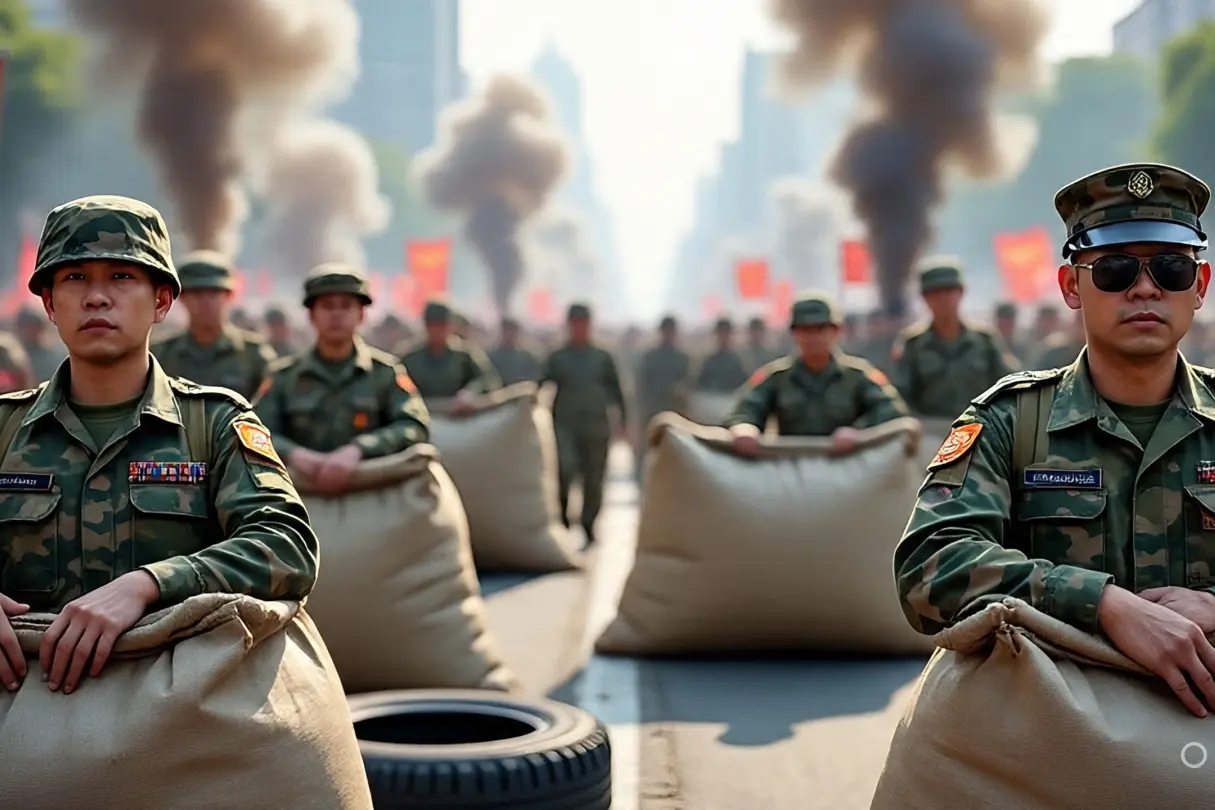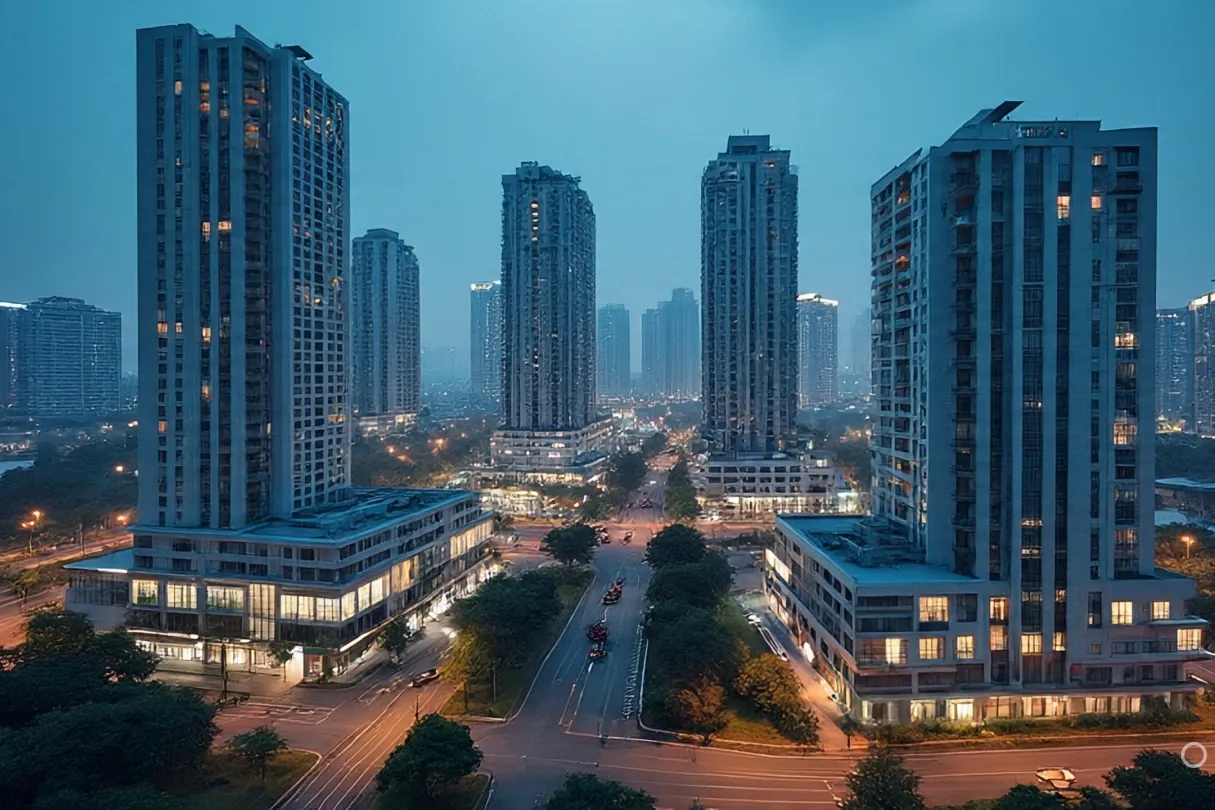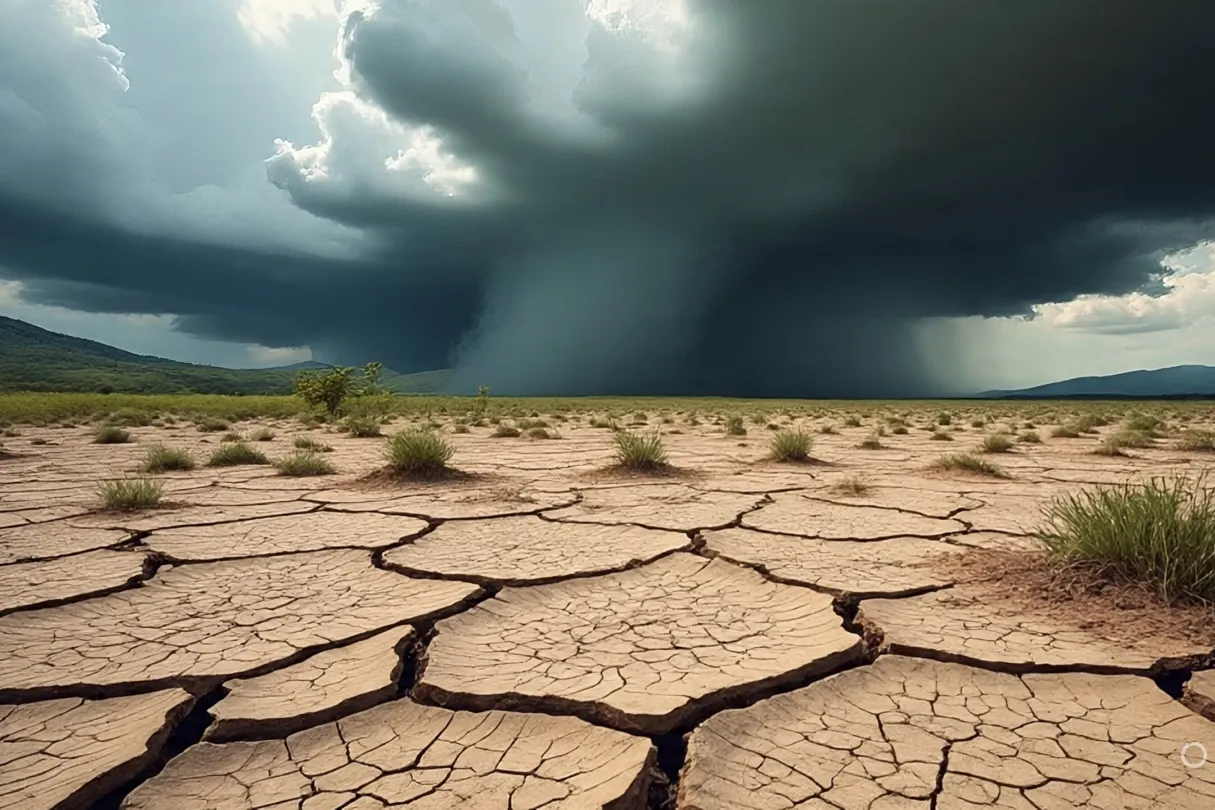🔥 A City Under Siege: Bangkok, May 2010
Between March and May 2010, central Bangkok was paralyzed by a mass protest organized by the United Front for Democracy Against Dictatorship (UDD)—commonly known as the Red Shirts. Tens of thousands of demonstrators, many from rural provinces, occupied key intersections demanding the resignation of Prime Minister Abhisit Vejjajiva, whom they viewed as illegitimate after a judicial ruling ousted a pro-Thaksin government.
- 🔥 A City Under Siege: Bangkok, May 2010
- 🧨 The Conspiracy: Premeditated Political Violence?
- 🎖️ The Official Account: Securing the Nation
- 📸 Civilian Deaths and Media Coverage
- ⚖️ What Investigations and Courts Have Found
- 🧠 Why The Truth Remains Contested
- 🗳️ The Legacy: How It Shaped Thai Democracy
- 📣 Final Word: Massacre or Mismanagement?
The government’s response culminated in a military crackdown that began on May 13 and escalated until May 19, resulting in at least 90 deaths and over 2,000 injuries, including civilians, medics, and journalists. Parts of the city burned. Army snipers took positions on rooftops. A war zone unfolded in one of Asia’s busiest capitals.
While the official line maintained the operation was a last-resort action to restore order, many critics—and survivors—argue that the crackdown was a calculated political massacre meant to destroy a populist movement.
🧨 The Conspiracy: Premeditated Political Violence?
The conspiracy theory claims that the Thai government and military deliberately planned the use of deadly force against largely unarmed protesters—not simply to restore peace, but to protect the political elite and eliminate pro-Thaksin opposition.
📌 Key arguments from the theory include:
-
The deployment of snipers with live ammunition, allegedly instructed to target protest leaders
-
A deliberate military strategy to divide and weaken Red Shirt positions before advancing
-
The lack of accountability for any commanding officers despite civilian deaths
-
Reports that orders came from senior political figures rather than independent military command
-
The deaths of journalists and medics, interpreted as attempts to suppress coverage and aid
While the Thai government claimed it followed rules of engagement, the level of violence—and the number of non-combatant casualties—remains central to the belief that this was not just crowd control gone wrong, but a state-sanctioned show of force.
🎖️ The Official Account: Securing the Nation
The government, led by Prime Minister Abhisit and Deputy Prime Minister Suthep Thaugsuban, maintained that the military acted reluctantly and proportionately after protesters ignored calls to disperse.
According to official statements:
-
Protesters were armed and dangerous, with some using grenades, firearms, and homemade bombs.
-
The operation focused on retaking strategic areas like Lumpini Park and Ratchaprasong to avoid further economic damage and unrest.
-
Soldiers used live ammunition only in “live fire zones”, clearly demarcated and announced through media and loudspeakers.
-
Protester-initiated violence resulted in the deaths of soldiers and police, justifying the escalation.
This narrative framed the crackdown as a national security operation—tragic, yes, but necessary to prevent further chaos and protect public safety.
📸 Civilian Deaths and Media Coverage
The reality on the ground, however, told a more complex and disturbing story.
📷 Confirmed Civilian and Journalist Deaths:
-
Fabio Polenghi, an Italian photojournalist, was shot and killed on May 19. A court later ruled he was killed by a high-velocity bullet fired from a government-controlled zone.
-
Thai medic Kamolkate Akkahad was fatally shot inside a clearly marked medical tent near Wat Pathum Wanaram, designated as a safe zone.
-
Several unarmed protesters were shot while retreating or assisting the wounded.
Footage from independent media, including Al Jazeera, Reuters, and local outlets, shows people being fired upon despite not posing an immediate threat. These images undercut the official claim that all engagements were defensive or in response to armed threats.
⚖️ What Investigations and Courts Have Found
Following intense pressure, the National Human Rights Commission, several NGOs, and even Thailand’s own courts opened investigations into the violence.
📁 Key findings:
-
Multiple inquests confirmed that soldiers killed civilians, including journalists and medics.
-
Courts found no evidence that the victims were armed in several key cases.
-
In 2013, Thailand’s Department of Special Investigation (DSI) acknowledged that military personnel were likely responsible for at least six unlawful deaths.
However, no military or political leaders were ever prosecuted. Cases were quietly dropped, deferred, or tied up in legal ambiguity.
The United Nations High Commissioner for Human Rights expressed concern about Thailand’s failure to deliver justice, calling the lack of accountability “a severe blow to rule of law and democratic progress.”
🧠 Why The Truth Remains Contested
Much like other politically charged events in Thailand’s history, the 2010 crackdown is cloaked in contradictory narratives, institutional opacity, and a political climate that discourages confrontation with state power.
📌 Reasons for persistent suspicion:
-
No commanding officer has admitted fault or revealed the chain of orders.
-
Witnesses and victims say they were ignored or silenced.
-
Shifting media coverage and military censorship during the crackdown created information gaps.
-
Thailand’s tradition of non-confrontation and political compromise often trades justice for stability.
This leaves a vacuum filled with speculation—and for many, the feeling that the government’s version of events doesn’t line up with what was seen, recorded, and lived.
🗳️ The Legacy: How It Shaped Thai Democracy
The 2010 crackdown didn’t just end a protest—it reset the trajectory of Thai politics.
🔴 For Red Shirt supporters, it became a symbol of elite suppression of majority voices, especially those outside Bangkok and the urban middle class. Many felt that democracy was never meant to include them.
🔵 For the establishment, it justified the hardline stance that would later resurface during military takeovers in 2014 and beyond.
Thailand has since seen:
-
Repeated coups
-
A military-backed constitution
-
The emergence of new youth-led protest movements, some of whom draw direct parallels between 2010 and their own confrontations with state power
To this day, public memorials for the Red Shirt dead are often suppressed, and calls for accountability remain politically dangerous.
📣 Final Word: Massacre or Mismanagement?
Whether the 2010 crackdown was a premeditated massacre or an uncontrolled escalation may never be officially answered. But the consequences are undeniable.
It deepened Thailand’s political divide, hardened distrust between the state and the public, and exposed the fragile line between order and oppression.
In a democracy, even the hardest questions must be asked. And while official narratives may fade, the truth lives on in the voices of survivors, the footage, and the empty chairs left behind.




